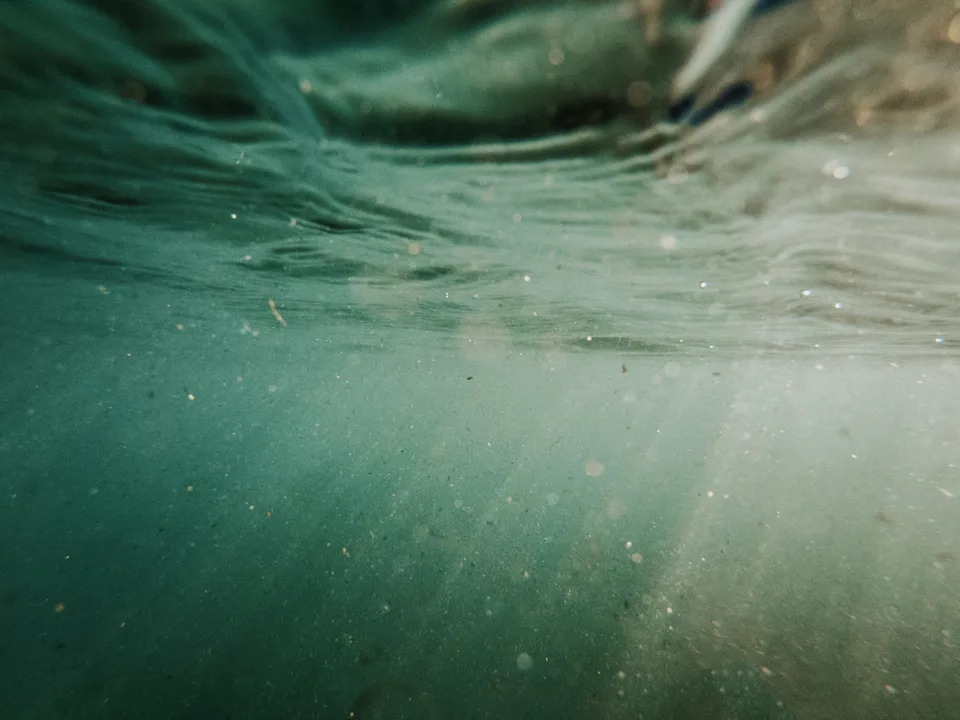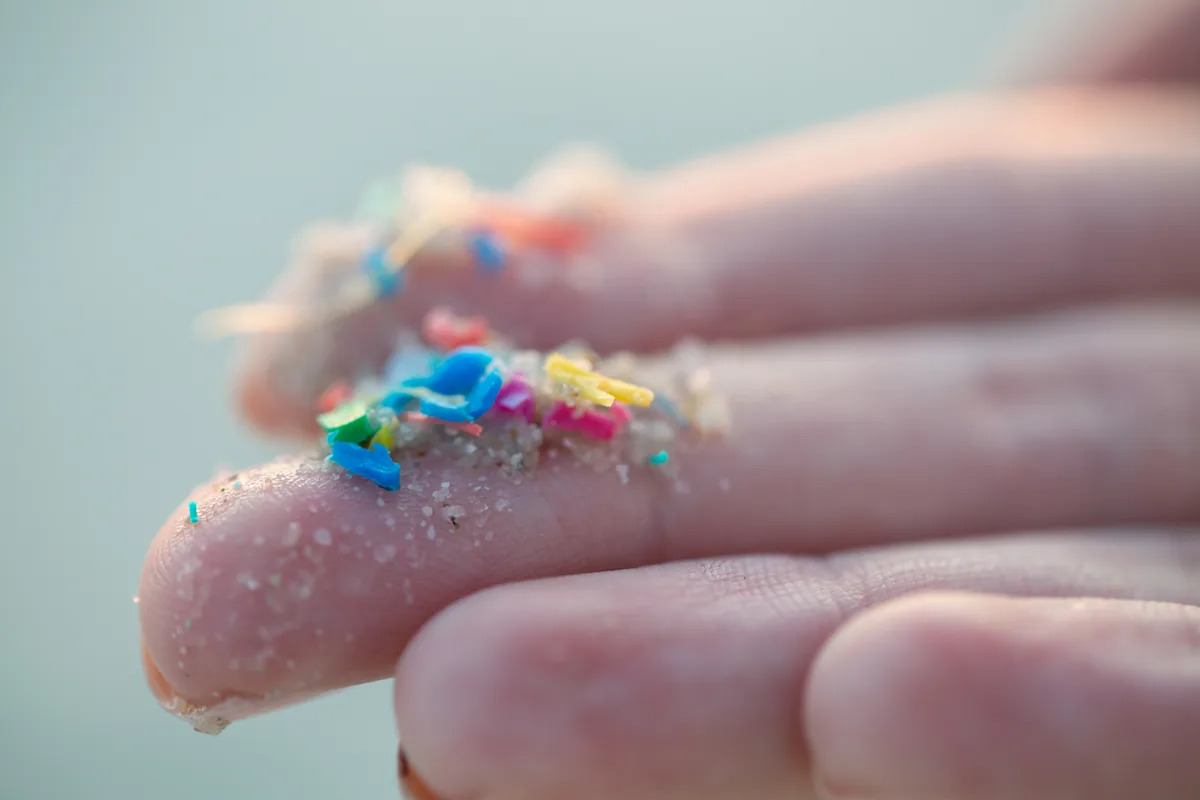The world is in a “plastics crisis” amid concerns plastic production has risen more than 200 times since 1950 and will triple again by 2060, a report has warned.
The report, published in the Lancet this week, said there are now eight billion tonnes of plastic pollution, and less than 10% of it is recycled, with the health costs of plastic pollution coming to $1.5 trillion (£1.13tn) a year.
The report comes as the negotiations around the first-ever global plastics treaty are underway, with 100 countries backing a cap on plastic production, although oil producers such as Russia and Saudi Arabia have slowed negotiations.
But what are the biggest sources of plastic pollution? While much discussion and legislation has focused on single-use plastics such as plastic bottles, the two leading sources of plastic pollution come from sources that are not single-use plastics at all.
Yahoo News spoke to biologist Aidan Charron, associate director of Earth Day, about what the biggest sources of plastic pollution are and why it is an issue.
What are the two biggest sources of plastic pollution?
A report by the International Union for the Conservation of Nature evaluated the sources of all microplastics found in the ocean.
The 2017 report found that two sources were overwhelmingly the largest origins of microplastics – synthetic clothing (including polyester) and car tyres.

We inhale plastic pollution constantly and it poisons our seas. (Getty)
Microplastics come off synthetic fibres such as polyester in the wash, meaning clothing accounts for 35% of all plastic pollution.
Tyre abrasion, where small particles come off tyres while driving, particularly when cars are braking or cornering, means that tyres account for 28% of microplastics (while tyres are made of rubber, this is often mixed with synthetic polymers).
The huge production of both tyres and clothing mean that they remain the top sources of microplastics today, says Earth Day’s Charron, a biologist.
Charron told Yahoo News: “Every time you drive your car, you are almost certainly inhaling microplastics and tiny plastic fibres because your car is stuffed with plastic parts. Plus, our cars and trucks all have tyres, and it has been estimated that 28% of all microplastics in the environment are shed from tyres alone.
“These plastic fibres infect our soil, air and waterways, so we inhale them but also eat them unknowingly as they are in the food chain.
“When you eat shellfish that have eaten plastic fibres, you are essentially eating them too.
“Another way that we involuntarily load up on plastics is by inhaling them from the air; when we wear nylon or polyester clothing, which are plastic textiles, we inhale the tiny plastic fibers they shed. Or if we sleep on synthetic sheets, walk on synthetic carpets and rugs or use drapes and curtains made from plastic textiles.”
Why are microplastics from tyres and clothes a problem?
Microplastics from clothes and car tyres are all around us, and we inhale microplastics from clothing all the time in our homes, Charron said.
Even when not directly inhaled, micro and nanoplastics accumulate in household dust and are inhaled from that.
Outside of the home, microplastics leach into waterways, carried by the wind and rivers.
Charron said: “Outside of the home, tyre microplastics, for example, are carried by the wind and poison our waterways.
“Every intricate natural system that we rely on is essentially carrying and moving these microscopic fibres around the environment so that they now permeate every inch of the planet.”
How can microplastics harm people?
Microplastics now pollute almost every corner of the Earth. (Getty)
The Lancet report described plastic as a global threat to health, which already costs $1.5 trillion (£1.13tn) a year.
The report said: “Plastics cause disease and death from infancy to old age and are responsible for health-related economic losses exceeding $1.5 trillion annually.”
Part of the problem is not simply plastic itself, but the chemicals it is mixed with, Charron explained.
”Plastics are made from fossil fuel, oil and a toxic mix of plastic chemicals, like bisphenols, phthalates and so-called ‘forever chemicals’, known as PFAS (per- and polyfluoroalkyl), which are added to oil to create different types of plastics,” he said.
“They can make plastics more flexible or flame-resistant or smell nice.
“All these plastics, be they particulates or the chemicals themselves, are harmful to human health in a variety of different ways, the most prevalent way is through endocrine disruption.
“Endocrine disruption is when your hormones are confused because of harmful chemicals from plastics disrupting the normal function of your hormones.
“This endocrine disruption can lead to increased cancer rates, and microplastics and their additive chemicals are linked to higher rates of attention deficit disorder, infertility, Alzheimer’s and even miscarriage, among many other conditions.”
What is being done to curb plastic pollution in Britain?
A new Deposit Return Scheme for drinks containers will see consumers paid to return bottles, with pickup points at supermarkets and will come into force in 2027.
People will be paid to recycle plastic and metal bottles and cans under a new bottle-return scheme set up, with recycling points at major supermarkets.
Members of the public pay a deposit on drinks bottles, which is then refunded when bottles are turned in for recycling.
The government is also consulting on further bans on single-use plastics, including plates, cutlery and polystyrene cups.
The government’s Simpler Recycling scheme (in force for businesses from 2025 and households from 2026) aims to ensure there is no ‘postcode lottery’ around plastic recycling.
